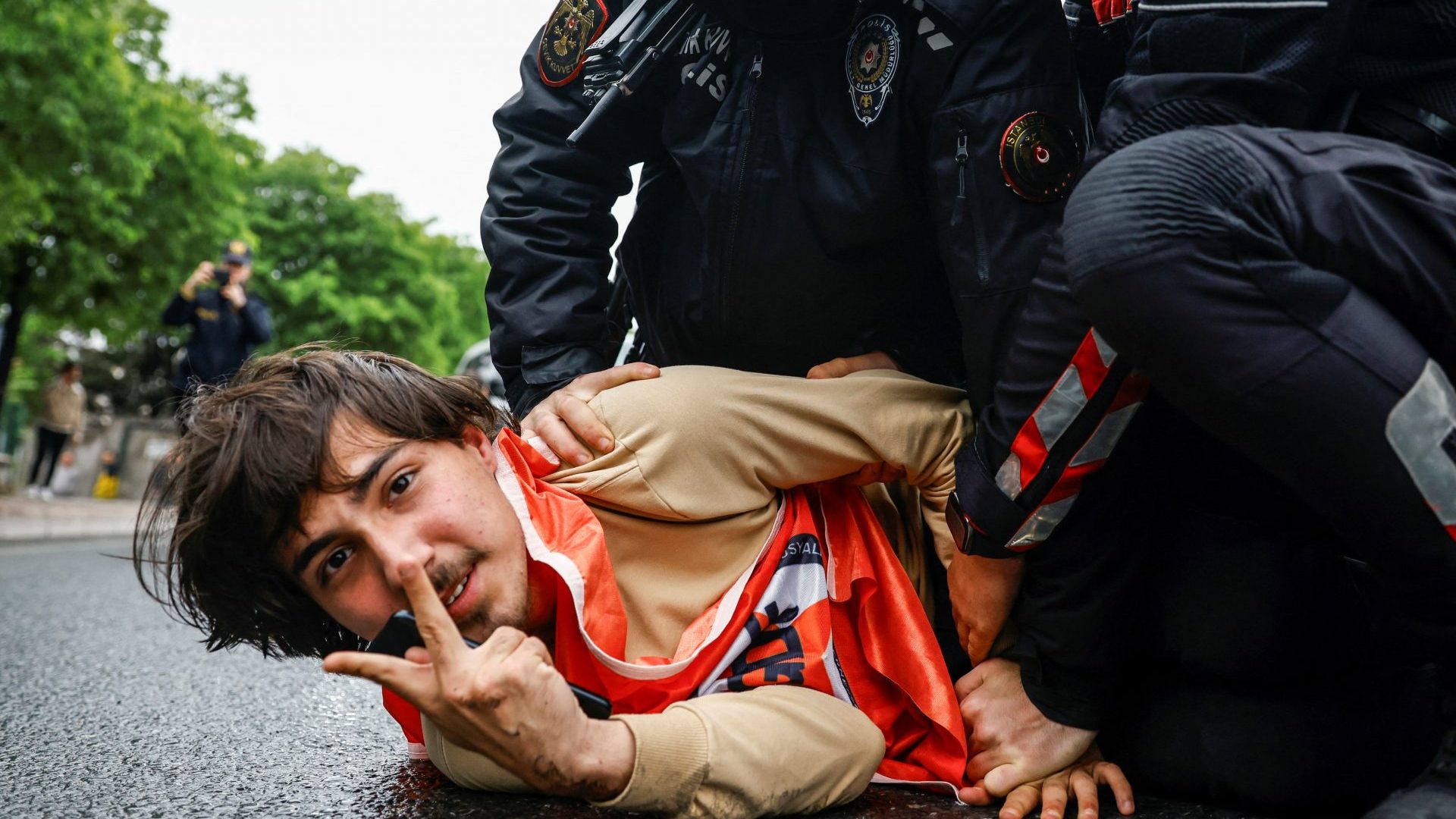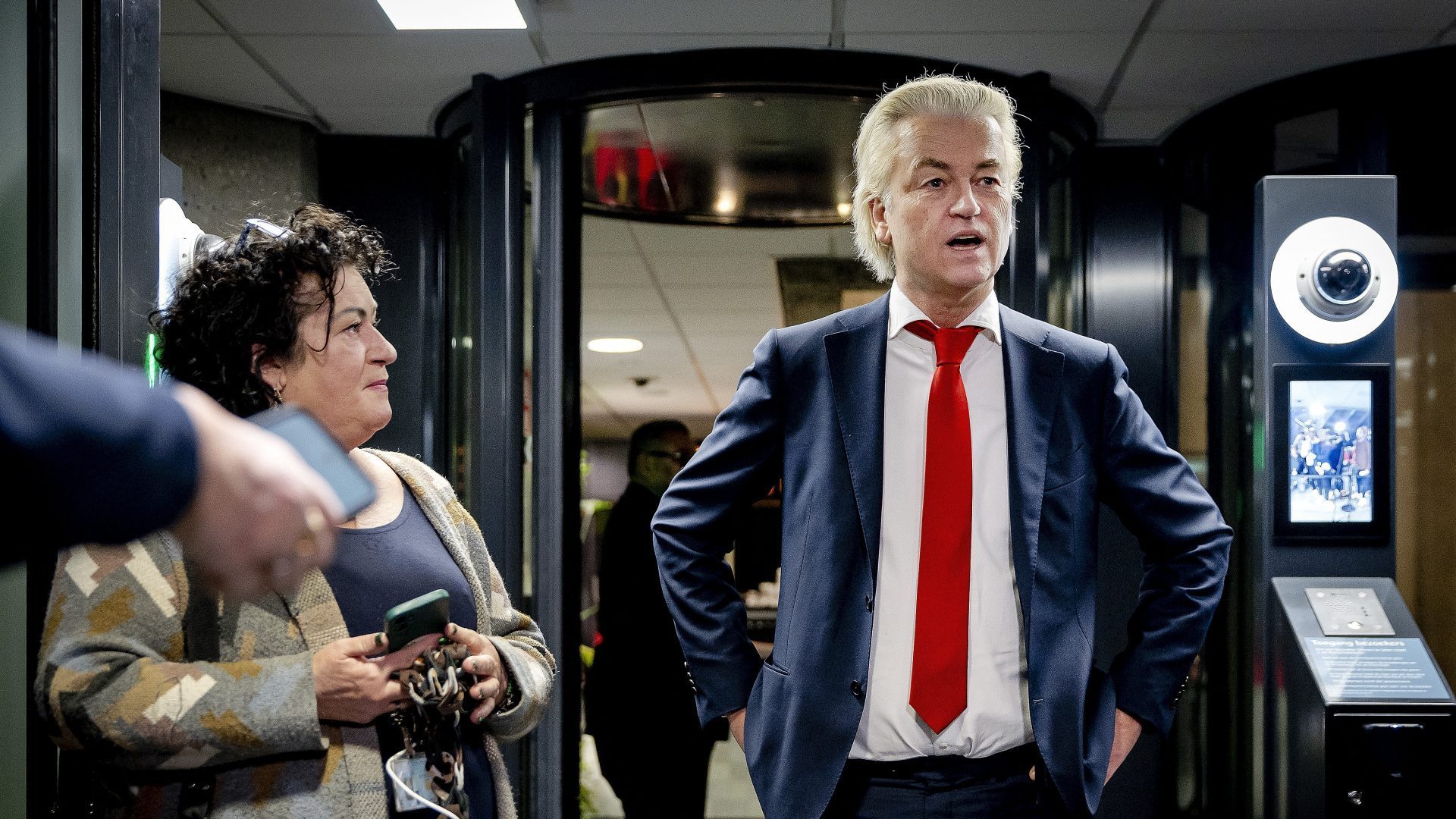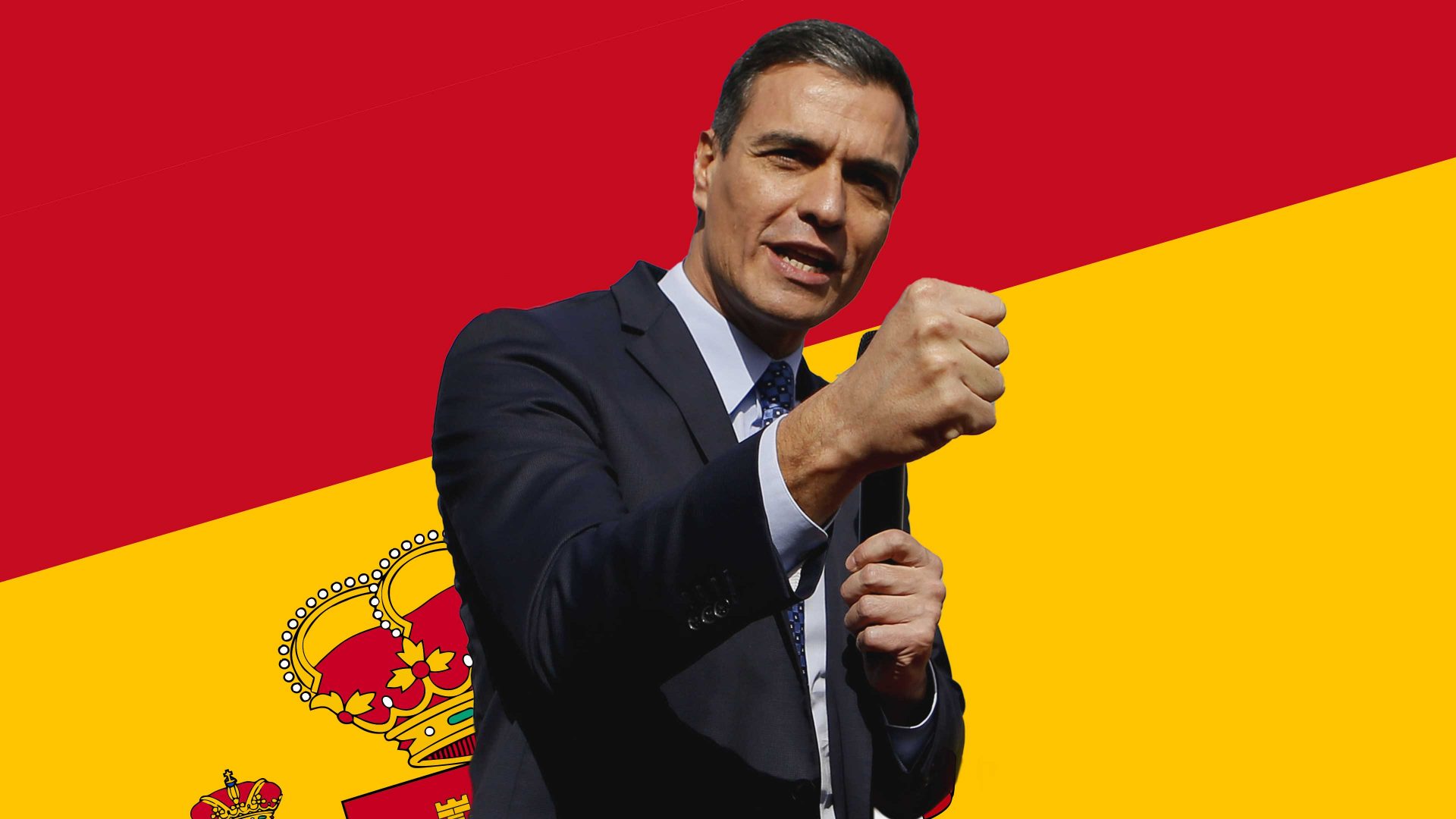On May 1, whole sections of Istanbul were cordoned off. Public transport in the neighbourhoods of Beyoğlu, Fatih and Şişli was shut down, and 42,000 police officers were deployed, most of them to make sure May Day demonstrators couldn’t get into Taksim Square. Hundreds of people were detained as they tried to reach Taksim.
Turkey has a long history of worker demonstrations. The first Labour Day rallies in the Ottoman empire took place in Thessaloniki, Skopje, and Constantinople, cities with significant working-class populations. Following the establishment of the Republic in 1923, Labour Day was declared a holiday, but the following year, May Day celebrations were banned.
This situation persisted until the 1970s, by which time there had been a substantial growth in the working-class population of Istanbul, and an increase in cold war leftist ideology. The result came in 1976, with a large, union-organised May Day celebration in Taksim Square – but after the military coup of 1980, things changed.
This year, Recep Tayyip Erdoğan declared that May Day celebrations would not be permitted in Taksim, which was precisely where the main opposition party, CHP, along with trade unions and other leftist groups, had planned to hold their rally. The day before May Day, the police cordoned off the square.
Despite the prime minister’s edict, thousands gathered in Saraçhane Square, next to Istanbul City Hall. CHP’s leader, Özgur Özel, and Istanbul’s mayor, Ekrem İmamoğlu, pledged to march to Taksim, with Özel declaring, “we will keep on fighting until Taksim is free,” and “Taksim belongs to the workers”.
Saraçhane is situated on the historic peninsula of Istanbul, and to reach Taksim, the demonstrators had to cross the Golden Horn. As the demonstrators walked across the bridge from Saraçhane to Taksim, they encountered thousands of police officers in riot gear. The surreal footage of the 4th-century Valens Aqueduct went viral online – the Roman-era structure was barricaded by thousands of police wielding shields and obstructing the road, with snipers stationed overhead. The crowd was dispersed with tear gas and rubber bullets.
It was an unsettling echo of events in May 1977, when around 500,000 people marched to Taksim. A union leader’s speech was coming to an end when gunmen opened fire on the crowd. The identity of the perpetrators remains unknown. Around 34 people were killed in the ensuing stampede – the precise number is still a matter of dispute – and hundreds were wounded. The massacre left a profound imprint on the collective memory of the Turkish left.
And when in 1980 the military took over in a coup, one of the reasons given by its leaders was the widespread political violence in the streets. Upon assuming power, May 1 celebrations were banned.
In 2010, it was Erdoğan himself who declared May 1 a holiday again, and who allowed demonstrations in Taksim for the first time since the massacre. But as he shifted towards a more authoritarian style of rule, in 2013 he reintroduced the ban.
Despite this, every year since 2013, the opposition has attempted to reach the square. When I asked people from different leftist parties about their insistence on Taksim Square, they all cited the 1977 massacre as the primary symbolic reason.
Last year, Turkey’s top constitutional court sided with them. It asserted that the square serves as a cornerstone of worker and union culture and symbolises the collective memory of workers. Therefore, according to the constitution, anyone identifying with this culture has the right to commemorate and uphold the significance of May 1 in Taksim Square.
But for Erdoğan, a large-scale rally during one of the most severe economic crises in modern Turkish history would be fraught with political risk, and any May Day rally was therefore unthinkable. Additionally, Taksim Square was the site of the largest protests against his government during the 2013 Gezi Park civil unrest.
What’s more, in April this year, Erdoğan suffered heavy losses in Turkey’s local elections, particularly in Istanbul and Ankara. The wobbling autocrat was not willing to allow thousands of his ideological opponents to gather in the country’s most significant square just one month after such a humbling moment. But they will not give up. They will be back next year.
Celal Budak is a freelance writer living in Istanbul



